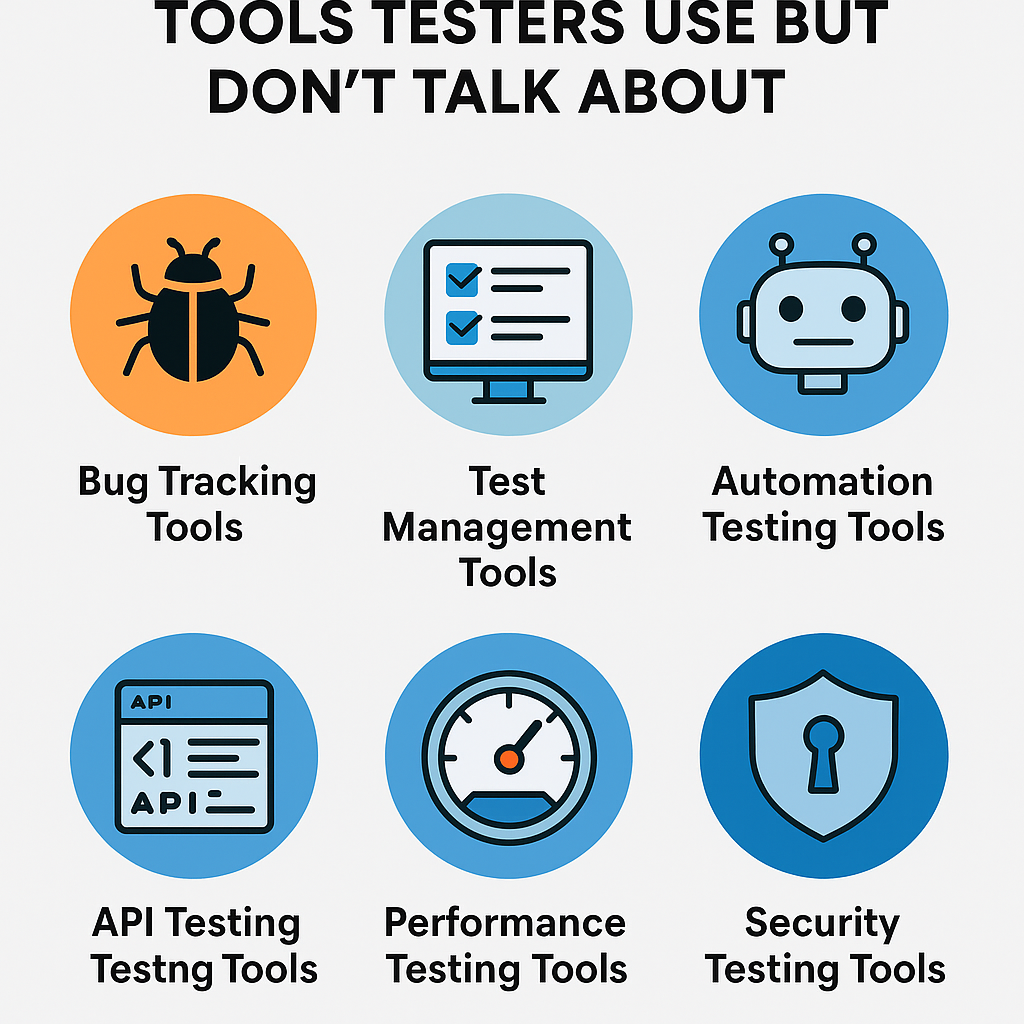Picture this: you’re logging into your eBay account, excited to bid on that must-have item. You type in your username and password, but wait! What if someone else is trying to sneak into your account at the same time? 😱 This is where Login Security Testing comes into play, ensuring that only authorized users get access. Organization takes login security very seriously—after all, it’s the gateway to millions of accounts!
Why Security Testing is Crucial for User Login in E-commerce
User login forms are a primary target for attackers looking to exploit weak spots in an E-commerce system. Logins collect sensitive data, such as email addresses and passwords, which must be properly protected to prevent data breaches, loss of customer trust, and potential legal consequences. Manual testers play a key role in identifying these vulnerabilities.
Key Vulnerabilities in User Login
- Brute Force Attacks – Attackers try numerous password combinations to gain unauthorized access. Manual testers should ensure that the system includes protections like rate limiting and account lockouts to mitigate brute force attempts.
- Session Fixation – Attackers may try to hijack valid user sessions. Manual testers should validate that session IDs are unique and regenerated upon successful login.
- Weak Password Policies – Allowing weak passwords can make accounts vulnerable to brute force attacks. Manual testers must verify that strong password policies are enforced.
- Credential Stuffing – Attackers may use leaked credentials from other sites to gain access. Manual testers should ensure mechanisms like CAPTCHA and multi-factor authentication are in place to prevent such attacks.
- Error Message Disclosure – Detailed error messages can provide attackers with useful information. Manual testers should ensure that error messages are generic and do not disclose sensitive details like which part of the login was incorrect.
Also read about What skills and knowledge should a software tester have regarding SQL?
Best Practices for Secure User Login
1. Rate Limiting and Lockout Mechanism
To protect against brute force attacks, implement rate limiting on login attempts. If multiple failed login attempts occur from the same IP, block that IP temporarily or introduce a cool-down period. Manual testers should test login attempts with incorrect credentials to validate rate limiting.
2. Input Validation and Sanitization
Ensure all inputs, like usernames and passwords, are properly validated and sanitized to prevent SQL injection and XSS attacks. Manual testers should attempt to inject code into input fields to identify vulnerabilities.
3. CAPTCHA Implementation
CAPTCHA can help prevent bots from automating login attempts. Manual testers should verify CAPTCHA is correctly implemented and cannot be bypassed by automated tools.
4. Strong Password Policy Enforcement
Enforce a strong password policy that requires users to include a mix of uppercase, lowercase, numbers, and special characters. Manual testers should attempt to register or login with weak passwords to verify that the policy is enforced.
5. Multi-Factor Authentication (MFA)
Multi-factor authentication adds an extra layer of security beyond just a password. Manual testers should validate that MFA is required for accessing critical account areas and that it works as expected.
6. Session Management
Session IDs should be unique and regenerated after successful login. Manual testers should test whether session IDs are updated appropriately and validate the system against session fixation vulnerabilities.
7. HTTPS Encryption
Use HTTPS to encrypt all data transmitted between the user and the server. Manual testers should verify that login pages and all associated data transfers use HTTPS to ensure secure communication.
Manual Security Testing Checklist for User Login
- Brute Force Testing: Attempt multiple login attempts with incorrect passwords to ensure rate limiting is enforced.
- Session Fixation Testing: Try to reuse session IDs before and after login to verify proper session management.
- Password Policy Verification: Attempt to login with weak passwords to check if the system enforces a strong password policy.
- MFA Bypass Testing: Validate the presence and enforcement of multi-factor authentication.
- Error Message Testing: Test for detailed error messages during login failures and ensure that they do not reveal sensitive information.
- SQL Injection and XSS Testing: Attempt to inject malicious code into login input fields to identify vulnerabilities.
Also read about How to test SQL injection as Manual tester?
Benefits of Security Testing for User Login
- Enhanced Trust: Users are more likely to trust a platform that keeps their information secure, leading to greater loyalty.
- Regulatory Compliance: Ensuring secure login processes helps in complying with data protection regulations, such as GDPR.
- Reduced Fraud: Proper login security measures reduce the chances of unauthorized access and fraudulent transactions.
- Better User Experience: A secure platform ensures users can access their accounts safely, contributing to a positive user experience.
Test Cases with test data for Login Security
(Note: These test cases are designed for manual testers performing security testing.)
Here are some of the real-world test cases used to make sure their login system is airtight:
| Test Case ID | Test Objective | Test Steps | Test Data | Expected Result |
|---|---|---|---|---|
| SEC_LM_01 | Test brute force attack prevention | Attempt login multiple times with wrong credentials | Username: jane_doe@example.com, Password: wrongpass1, wrongpass2, wrongpass3 | Account locked after 5 attempts |
| SEC_LM_02 | Test session expiration | Leave session idle for 10 minutes | Username: john_doe@example.com | Session expires, user logged out |
| SEC_LM_03 | Test for XSS vulnerabilities | Inject script in login fields | <script>alert('Hacked!')</script> | Script blocked, input sanitized |
| SEC_LM_04 | Test multi-factor authentication (MFA) | Login with correct credentials without MFA | Username: mfa_user@example.com, Password: StrongPass123! | MFA required for login |
| SEC_LM_05 | Test login with invalid credentials | Enter invalid username and password | Username: fake_user@example.com, Password: fakepass | Login rejected, error displayed |
| SEC_LM_06 | Test session hijacking prevention | Attempt to use stolen session token | Session Token: ABC123456789, Username: jane_doe@example.com | Session hijacking blocked, user logged out |
| SEC_LM_07 | Test login on multiple devices | Login on different devices simultaneously | Device 1: iPhone 12, Device 2: Windows 10 PC | Second login invalidates first session |
| SEC_LM_08 | Test remember me functionality | Login with “remember me” option enabled | Username: remember_me_user@example.com | Session persists on return |
| SEC_LM_09 | Test for SQL injection in login fields | Enter SQL commands in username/password fields | SELECT * FROM users WHERE username = 'admin' | SQL injection blocked |
| SEC_LM_10 | Test session management for logout | Logout and attempt to reuse session token | Session Token: XYZ987654321, Username: john_doe@example.com | Session invalidated, user logged out |
Conclusion
Login security is a critical aspect of maintaining an E-commerce platform’s integrity. Manual testers play a vital role in identifying and addressing vulnerabilities in the login process. By following the best practices outlined in this guide, testers can enhance the security of user accounts and protect against a variety of attacks.
For manual testers, adopting these strategies not only ensures a secure user experience but also demonstrates the value of proactive security measures in building trust with customers.
“A secure login today means happy, loyal customers tomorrow.”
Manual login security testing for e-commerce platforms,Best practices for e-commerce login security testing,How manual testers can secure e-commerce logins,Manual testing for secure user login in e-commerce,E-commerce login protection tips for manual testers












